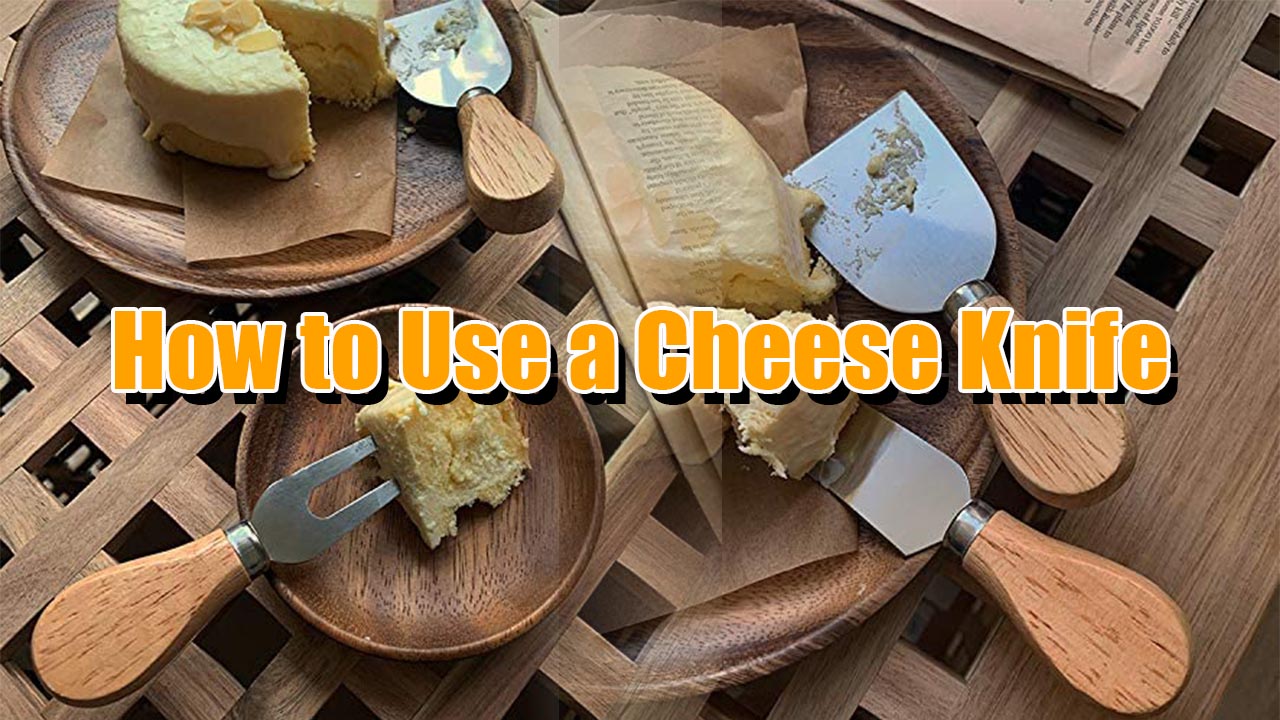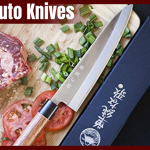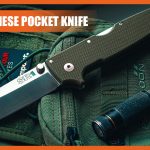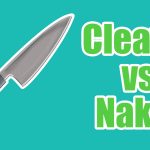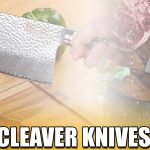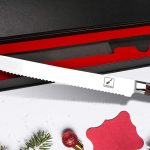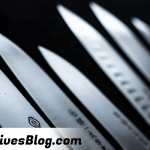Chefs know that a cheese knife is an important tool in their arsenal. But many home cooks may not know the best way to use this specialized utensil. In this blog post, we will discuss the proper techniques for using a cheese knife. We’ll also provide some helpful tips for choosing the right cheese knife for your needs. So read on to learn more.
How to Use a Cheese Knife
Table of Contents
A cheese knife is a specific type of kitchen knife that is used for slicing cheese. Because the blade is thin and sharp, it can easily cut through hard cheeses without squishing them. In addition, the curved nature of the blade helps to create clean slices. If you’re looking to start using a cheese knife in your own kitchen, read on for some tips.
It can be difficult to know how to use a cheese knife, even if it seems like the simplest kitchen tool in existence. Fortunately for you, this article will help you find out how to use one effectively and safely.
What Is A Cheese Knife?
A cheese knife is just an extra-fancy name for a special serrated knife used to cut cheese. The serrated blades are designed to grip and slice through the cheese without crushing it, ensuring a clean cut every time.
Steps to Use A Cheese Knife
There are a few things you need to keep in mind when using a cheese knife:
-Cheese knives are not meant for cutting other food items. They are designed to cut cheese, and nothing else.
-You should never use a cheese knife for tasks other than cutting cheese. Only use it on soft cheeses, hard cheeses, crumbly cheeses, sticky cheeses–anything that falls into the category of “cheese.”
-Cheese knives are not sharp. You don’t need to worry about cutting yourself if you’re not careful.
-Be sure to keep the cheese knife away from children, who might mistake it for a toy or less important kitchen tool. It’s sharp enough to cut skin, but not hardy enough to withstand much use as a weapon.
-Most cheese knives are dishwasher safe, but it’s not a bad idea to wash them by hand anyway. This way, you can be sure there’s no residue left behind on the blade.
-Cheese knives should only be used for cutting cheese. You don’t want to cut anything else with them, or drop them–they’ll dull much more quickly than if they were only used for cheese.
Now that you know how to use a cheese knife, it’s time to start slicing and dicing those cheesy masterpieces! Enjoy!
-Cheese knives are not meant for cutting other food items. They are designed to cut cheese, and nothing else.
-You should never use a cheese knife for tasks other than cutting cheese. Only use it on soft cheeses, hard cheeses, crumbly cheeses, sticky cheeses–anything that falls into the category of “cheese.”
-Cheese knives are not sharp. You don’t need to worry about cutting yourself if you’re not careful.
-Be sure to keep the cheese knife away from children, who might mistake it for a toy or less important kitchen tool. It’s sharp enough to cut skin, but not hardy enough to withstand much use as a weapon.
-Most cheese knives are dishwasher safe, but it’s not a bad idea to wash them by hand anyway. This way, you can be sure there’s no residue left behind on the blade.
-Cheese knives should only be used for cutting cheese. You don’t want to cut anything else with them, or drop them–they’ll dull much more quickly than if they were only used for cheese.
-Now that you know how to use a cheese knife, it’s time to start slicing and dicing those cheesy masterpieces! Enjoy!
Here is another example
Okay, so it might seem like a cheese knife is just an extra-fancy name for a special serrated knife used to cut cheese. The serrated blades are designed to grip and slice through the cheese without crushing it, ensuring a clean cut every time.
But don’t let the simplicity of the tool fool you—there are a few things you need to keep in mind when using a cheese knife: Cheese knives are not meant for cutting other food items. They are designed to cut cheese, and nothing else.
You should never use a cheese knife for tasks other than cutting cheese. Only use it on soft cheeses, hard cheeses, crumbly cheeses, sticky cheeses—anything that falls into the category of “cheese.” Cheese knives are not sharp. You don’t need to worry about cutting yourself if you’re not careful.
Be sure to keep the cheese knife away from children, who might mistake it for a toy or less important kitchen tool. It’s sharp enough to cut skin, but not hardy enough to withstand much use as a weapon. Most cheese knives are dishwasher safe, but it’s not a bad idea to wash them by hand anyway.
Conclusion
It’s easy to get frustrated when you’re trying to cut a piece of cheese with the wrong tool. The best way to avoid this is by using a cheese knife, which is specially designed for cutting through hard and soft cheeses alike. If you don’t have one on hand, try these tips from our team at so that your next slice tastes as good as it looks!
To use a cheese knife correctly, follow these steps below:
1) Place the blade against the surface of the cheese block or wheel
2) Gently push down until you feel resistance
3) Press firmly but not too quickly
4) Repeat step four twice more
5) Use gentle pressure while pulling away from your body

Hi, This is Sophia Ava, author of many books about Knives that uses many chefs in their shows, received my MFA in Creative Writing from Mills College is a famous Chef. Born in Oakland, California.As a expert chef i have written blogs and knives reviews that i tested by my own with the partnership of famous brands for their famous knives. With my well researched artilces and reviews about knives you can make your kitchen life easier.

